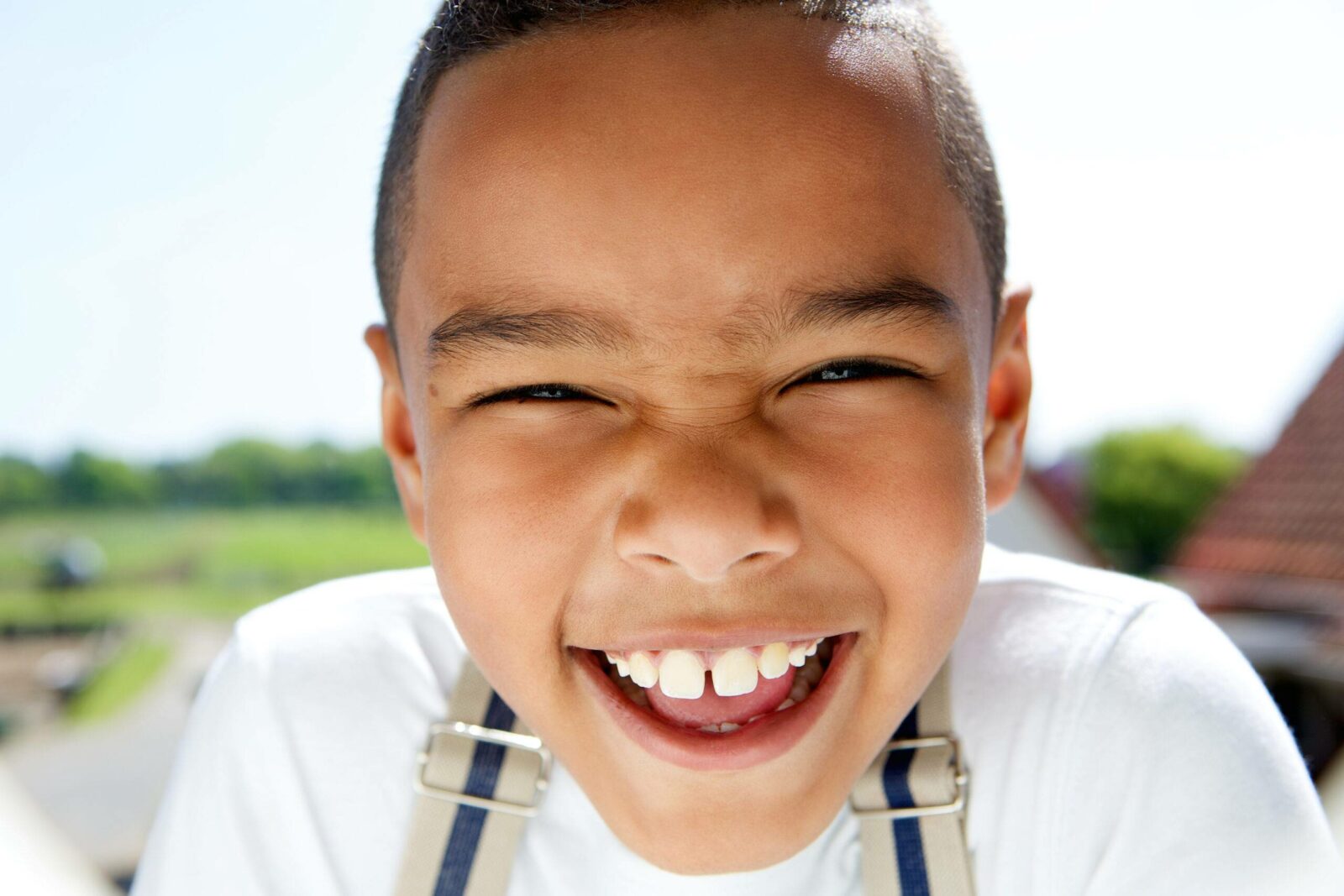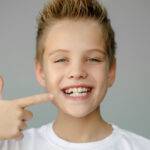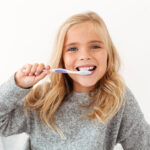Dental Hygiene for Children
Caring for your children’s teeth can, at times, get overwhelming. How do I get them to brush their teeth? Am I supposed to brush my baby’s teeth? I think my child has a cavity; what do I do? I have a couple of cavities, and I’m fine. Is it that important?
questions questions
There are many questions and concerns regarding dental hygiene for children, and as a parent, it’s difficult not to wonder if you are doing things right. In hopes of shedding some light on dental hygiene for kids, this article will go over how to brush and floss properly, diet, tips, and tricks on keeping your child engaged, treatments, and more.
Dental hygiene for children often requires more care and detail than for adults. We can get away with a quick brush and a swish of mouthwash many times and be out the door, but with children, you want to be more attentive. Young children aren’t going to understand the importance of brushing their teeth or flossing and may not have the skill to reach every tooth properly.
You to the rescue
You will have to help with the brushing process, either doing it for them or watching and teaching. Engaging with your child and explaining in a way they can understand is the first step in a successful dental hygiene routine.
How is dental hygiene different for children and babies?
Children after the age of 3 are more likely to be able to understand and take directions well. In this case, they can actively begin participating in their oral hygiene. Children should generally be observed while brushing until 7-8. While you should still help and participate in their brushing, it is at this point that you can instill good habits.
Toothpastes
An essential factor in addition to proper brushing is toothpaste. If your child is old enough to be able to split the toothpaste out, you will likely want fluoride-supplemented toothpaste. This will help harden enamel in both baby and adult teeth and help protect your child against cavities.
If your child cannot spit the toothpaste out, ensure that you are just brushing with water or fluoride-free toothpaste. Most washes and kinds of toothpaste for children are safe to swallow, but if possible, it is best to teach them how to split and rinse their mouths.
Flouride
It is also essential to check the fluoride levels of your city’s water. We get most of our needed fluoride through water; however, if the level is lower than recommended, you may want to ask your child’s dentist about fluoride supplements. If you use a filter on your tap water, most do not filter out fluoride unless it specifies “reverse osmosis,” in which case the fluoride will be filtered out.
Flossing
Lastly, flossing at least once a day is just as important and should not be skipped when possible. If you find it difficult, consider floss sticks for better maneuvering.
Babies
Dental hygiene for babies can be easier since you will do all the work yourself. As soon as your infant starts teething, you want to create a simple routine. Wiping the gums with a soft, lint-free towel or paper towel after the day’s first feeding will help ensure most of the sugars and cavity-causing bacteria are gone.
If the teeth have come in far enough to brush, this is when you will want to buy a very soft baby toothbrush. At this point, you won’t need to use toothpaste, and brushing with water twice a day should be safe. If you want to include toothpaste in your young toddler’s routine, use toothpaste without fluoride and only use a small dab on the brush, about the size of a grain of rice.
Once two teeth begin to touch, you can floss. If you are curious about the benefits of fluoride, you can consult your child’s dentist about fluoride varnish. Generally, a child’s first dental appointment should be around their first birthday.
Keep your kids engaged
Now you may feel confident in your abilities to brush your child’s teeth, but how do you keep them engaged and excited to keep clean? There are several methods of getting your child to want to brush their teeth, and each child will respond better to specific approaches.
One way to get your kid excited to brush their teeth is to brush yours along with them, even if it’s just with water. Children love to emulate, especially their parents, so if you are excited to brush your teeth, they might just be too. You can even take a second to let them brush your teeth and make it a fun teaching moment.
The more ways you can turn hygiene into a fun or happy experience, the better. Next time you are at the store, take your child with you and let them pick out their toothpaste flavor and toothbrush; they might have a new favorite character or color, and who doesn’t love fun new things? Kids thrive on the fun.
We all know the reluctance of wanting to brush your teeth, especially if that means bedtime. A clever method of increasing compliance and excitement is to avoid associating brushing teeth with bedtime.
Consider moving teeth brushing time from before bed to before a short playtime. You can still have your child in bed by the same time, but adding a short playtime as an incentive to brush can turn into a reward instead of the end of the day.
Consider combining this method with brushing your teeth together as well. Say something like, “Hey, let’s brush our teeth so we can play!” You might find your child’s reluctance turns into excitement, and as an added benefit, you get your brushing done for the day.
Diet and Care
While children can be very picky and finicky about foods, it is essential to limit the intake of sugary and processed foods. Not only is this going to help prevent cavities, but it will improve health and wellbeing. Consider switching from sugary fruit snacks to a natural or sugar-free version. Foods with “no sugar added” labels will be your friend. That being said, things like healthy juices also need to be consumed in moderation due to their natural sugar content. If your child likes soda, things like flavorful carbonated waters can be an alternative.
Healthy choices aren’t always a viable option; in that case, don’t stress too much. You can have your child brush their teeth after those snacks or have them drink some water after to help remove excess sugars. Additionally, for older children, sugar-free gum can be very beneficial in fending off cavities. Gum is a great way to increase saliva production, which helps get rid of bacteria in the mouth. It also helps strengthen jaw muscles, freshen breath, and remove stuck bits of food and grime.
Why is maintaining good dental hygiene for children important?
According to the CDC, children with poor dental hygiene are far more likely to miss school and have bad grades. Something as simple as brushing your teeth and getting regular checkups can prevent tooth decay, the most common chronic condition in children in the United States. Bad teeth can impact a child’s life in several ways: speech and pronunciation, constant distraction, reluctance to eat due to pain, confidence, self-esteem issues, susceptibility to infections, and more. Luckily a healthy routine can stave off most things, but if you want to take it a step further, fluoride varnish can prevent up to 80% of cavities when applied to the chewing surfaces of the teeth.
Keep an eye out for any discoloration of your child’s teeth; browning and white spots can indicate the start of a cavity. If your child appears to have signs of a cavity, take your child to the dentist before it worsens. Treatment for children’s cavities works the same way as it does for adults. The dentist will remove the decayed portion of the tooth and add a filling, which can be either a tooth-colored composite or traditional metal. This can be applied to both baby and adult teeth.
In closing, it isn’t easy to take care of someone else’s teeth, but applying some of these tips and techniques may make your regimen more successful. Keep a consistent routine; remember, a healthy child is a happy child.






